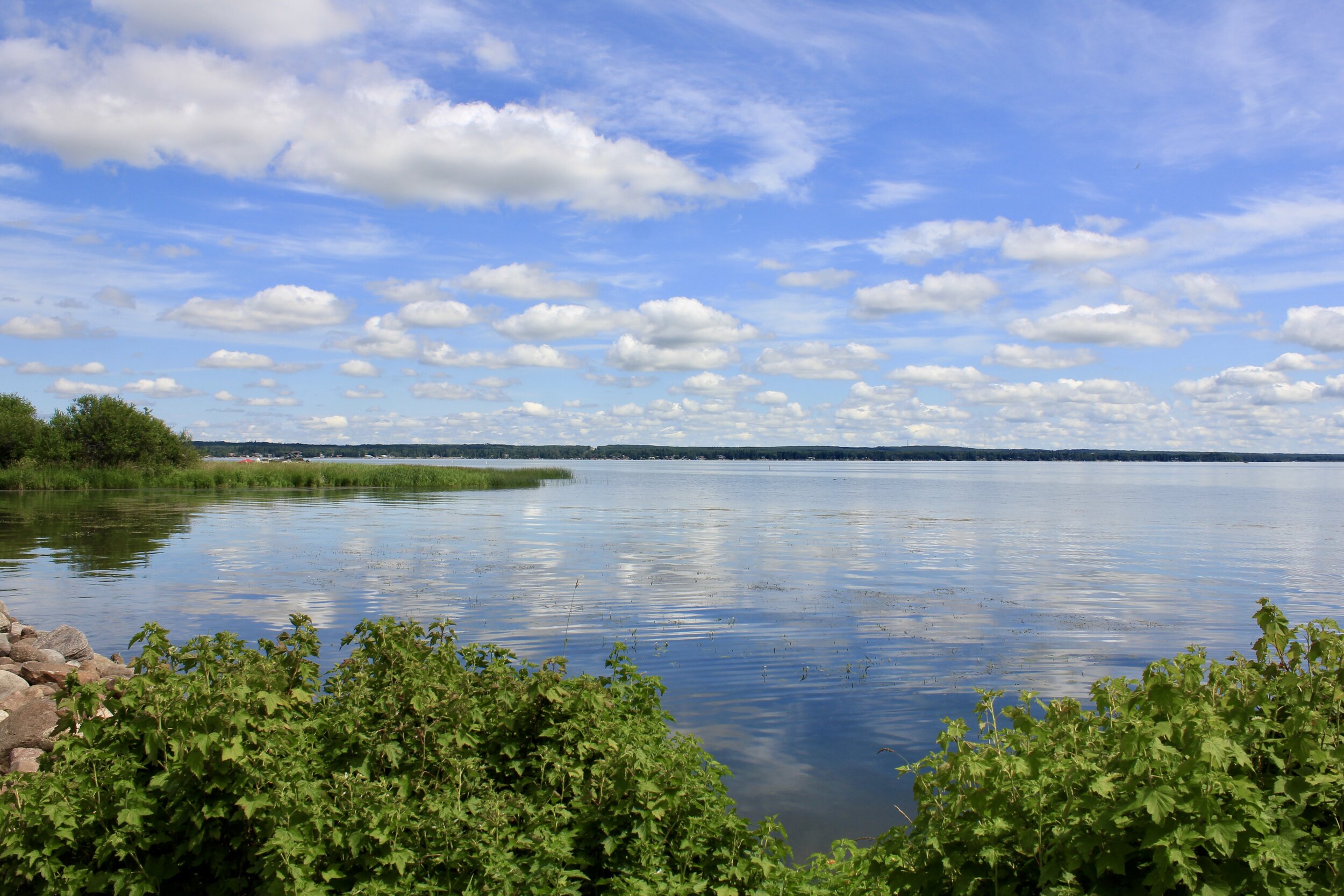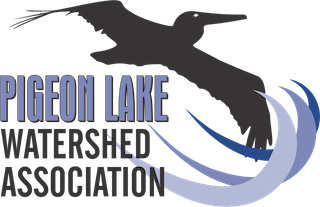
Eutrophication
Naturalize Your Lot: A Guide to Lake-Friendly Landscaping
Eutrophication is defined as the process by which lakes and streams are enriched by nutrients, and the resulting increase in plant and algae growth.
This process includes physical, chemical, and biological changes that take place after a lake receives inputs for plant nutrients, mostly nitrates and phosphates, from natural erosion and runoff from the surrounding land basin (watershed). The extent to which this process has occurred is reflected in a lake’s trophic classification: oligotrophic (nutrient poor), mesotrophic (moderately productive), and eutrophic (very productive and fertile).
Pigeon Lake & Eutrophication
While many central Alberta lakes, including Pigeon Lake, are naturally photosynthetically productive, increased human development and land cover changes within watersheds over the past century appear to have increased the input of nutrients into water bodies and accelerated eutrophication rates.
How to Help
Properties in the watershed with considerable vegetation help to reduce excess nutrient loading that can lead to algae blooms. The vegetation slows runoff from directly entering the lake and prevents erosion, helping to maintain good water quality.



